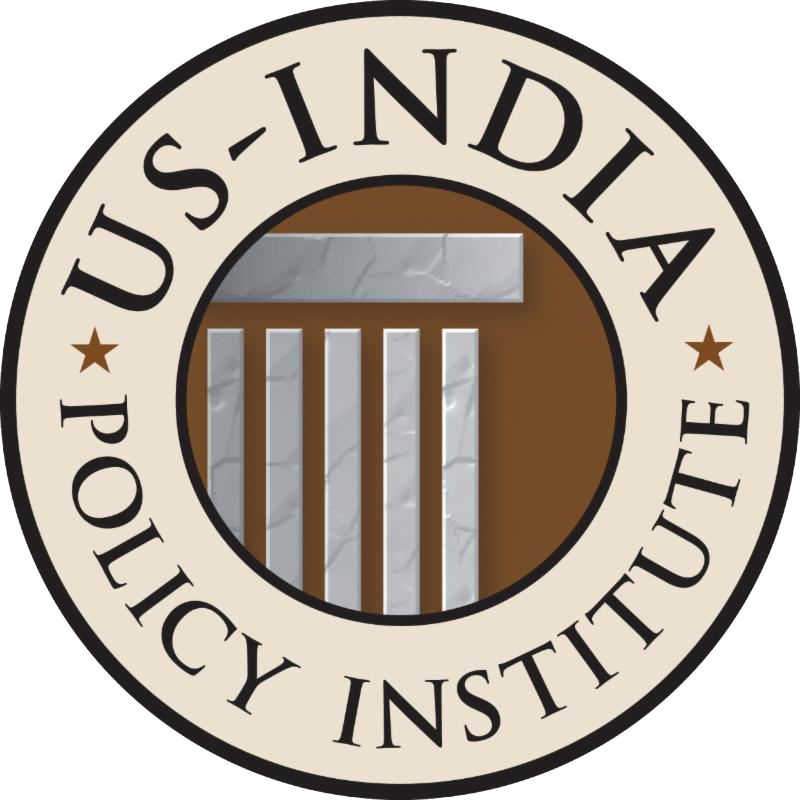Why India's EWS Quota System Needs the Support of Data
Methodological innovation is required to re-evaluate and investigate how backwardness is defined. The 11 criteria the Mandal Commission specified could act as a framework.
The passing of the 124th Amendment Bill of the Indian constitution on January 14, 2019, made the way for a 10% ‘economically weaker sections’ or EWS quota in (a) educational institutions run by the Union government and private institutions (except those managed by minorities), and (b) in Union government employment.
This quota was an additional provision to other quotas under the Scheduled Castes, Scheduled Tribes and Other Backward Classes categories which have been in operation for many decades now. The EWS quota has been in operation since February 1, 2019. It has been challenged over constitutionality and equity considerations. On September 27, 2022, the Supreme Court reserved its verdict on the matter.
While the EWS quota is questioned due to difficulties in social stratification and (caste) ambiguities, many others consider the Bharatiya Janata Party’s electoral compulsions to woo the non-SC, non-ST and non-OBC groups.
The quota, we believe, is yet to meet the challenge of being a provision that fits the welfare orientation of national policies and aid social justice.
Any quota, when implemented, must meet the fundamental principles enunciated in the constitution that guarantee equality of opportunity and empowerment of weaker sections. These weaker sections cannot be entirely identified based on ‘economic yardsticks’ including ‘monetary income cut-offs.’ Social deprivation and marginalisation have to be a dominant criterion. The underlaying factor is dismantling trans-generational marginalisation including economic disadvantages, social equality and political empowerment.
It appears that the ‘monetary income cut-off’ currently in force will fail to meet the standards of law due to insufficient direct income data. India has never attempted to collect, collate, analyse and publish direct income data. In the year 2018, only 27 million out of 327 million employed paid any income tax. This only 8.3% of the entire labour force are made up entirely of the government and organised sector employees.
What is not yet clear is whether this income cut-off is pre-tax net or post-tax gross income. Given the levels of standard deduction, it appears those earning Rs 1 lakh per month pre-tax proceeds will also be eligible. And with such parameters almost all of the nation’s households will be eligible. Given this scenario, an income-alone criteria cannot be used as a compelling characteristic to extend quota-reservation benefits to specified communities.
Members of the SC, ST and OBC communities have access to 50% of quota, the remaining one half of quotas are open for the general population. About half of it are Muslims. Adjusted for religious factors overall, only 18.2% of the total population is eligible to compete for 50% of the quotas in the current dispensation. However, the EWS quota does not erode the quotas accorded to the SCs, STs and the OBCs.
There are two major issues in the implementation of the EWS quotas. It is clarified that at the state-level caste and social identities will be followed but there is no authentic data available to determine such identities with certainty. On the economic criteria, a certificate issued by a local ‘revenue official’ will be used to determine income cut-off which is problematic as well. Such certificates are mired with both political influences and local level corrupt practices across India.
A methodology must be developed.
It is our view that the Mandal Commission’s framework of identifying social backwardness with appropriate redefinitions can be meaningfully used to arrive at the validity of the 10% EWS quota. A composite index measuring levels of deprivation or backwardness of social groups as is currently identified and with requisite data can be efficiently computed.
The National Sample Survey Office (NSSO), the National Family Health Surveys and the District Level Household Survey (DLHS) are reliable data sources to undertake such estimates. This empirical and methodological analytical exercise can be replicated to understand the depth and size of inter-community deprivations across all states of India.
One of the author’s [Abusaleh Shariff] along with three other experts have computed such data for the state of Telangana and available in published format for reference.
A methodological innovation is required to re-evaluate and investigate how backwardness is defined and measured using the 11 criteria the Mandal Commission specified for the reference years in the 1970s.
A cursory evaluation of these metrics for the most current data period (about 2015–16) revealed the necessity of the Commission’s cut-offs needed to be reconsidered in light of India’s impressive and rapid development since the 1970s.
The Commission’s parameters maintain robustness and valid standards to define backwardness accurately and are essential to comparing goals of development over the last five decades.
About the authors:
Abusaleh Shariff is Chief Scholar, US-India Policy Institute, Washington D. C and Mohd Naushad Khan is sub-editor, Radiance Viewsweekly.
Source: The Wire
